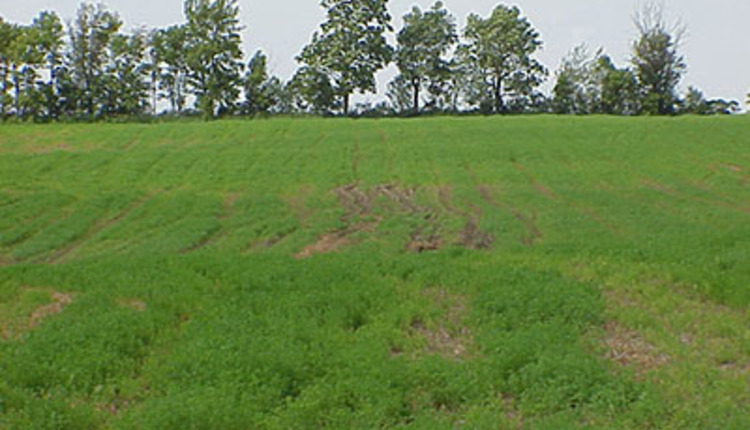Be patient with wet hay fields |
| By Hay and Forage Grower |
|
|

Many hay producers are frustrated by the rainy weather, acknowledges Mark Sulc, extension forage agronomist at The Ohio State University. They know that forage quality is declining with each day that goes by. However, Sulc urges hay producers to change their focus, be patient, and make sure their hay fields are dry enough to support equipment getting out on them once the sun starts to shine again. The loss of quality in one cutting, even the complete loss of the value of one cutting, is less than ruining a forage stand for the remainder of its productive life by running equipment on ground that is still too soft, especially on younger stands. Sulc suggests doing what is really easy to say, but difficult to practice right now — just be patient. Take the long look and wait until the field is dry enough to support the equipment without damaging the forage stand. There is potentially a silver lining for those who have overgrown hay fields that were saturated before they got harvested. That is this: Flooding damage is usually much more severe in newly harvested stands than in stands with full growth present during periods of soil saturation.
The forage agronomist cites past research conducted in Wooster, Ohio, by Dr. Al Barta that demonstrated alfalfa damage was most severe when the alfalfa had been harvested right before a flooding event. In contrast, flooding damage was much less severe in alfalfa that was full-grown, in flower stage and had not been cut prior to the flooding event. |
